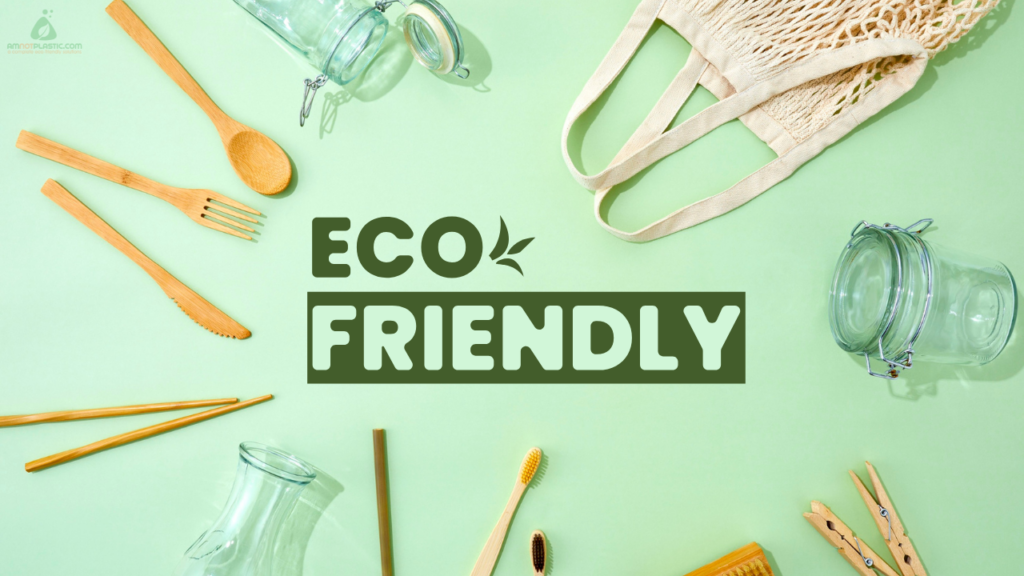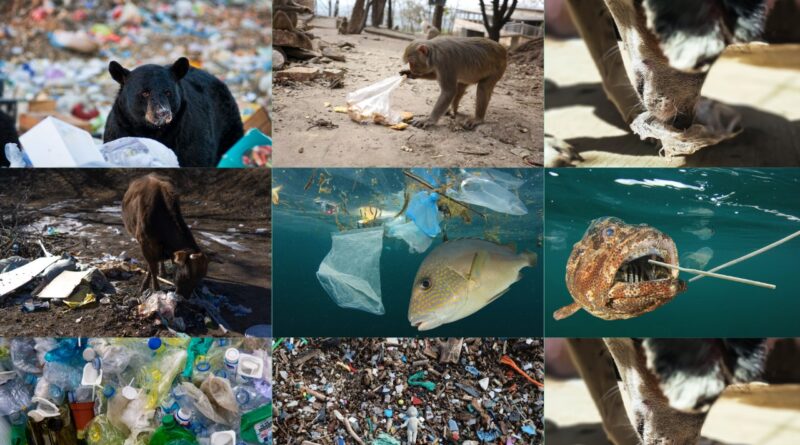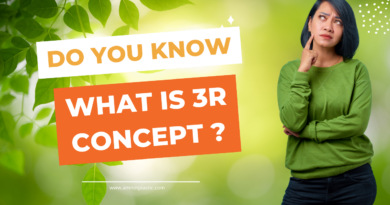How Plastic Pollution Affects Wildlife and Biodiversity
🐾 How Plastic Pollution Affects Animals and Ecosystems
•Ingestion of Plastic Waste
Many animals consume plastic inadvertently while foraging for food. For example, sea turtles may incorrectly identify a floating plastic bag or résumé as a jellyfish, and birds providing their chicks with plastic pellets.
•Entanglement in Plastic Debris
Animals such as marine animals, birds, and land wildlife are entangled in abandoned fishing nets, six-pack rings, and packaging straps. This entrapment can limit mobility, create open wounds, and lead to serious infection that is often fatal.
•Toxic Chemicals and Micro plastics
Plastics break down releasing harmful chemical and transformation into micro plastic particles. These toxins bio accumulate in animals and move through the food chain to affect wildlife and humans.
•Loss of Natural Habitat
Plastic waste accumulates in forests, wetlands, and along beaches creating waste piles, loose land, and altered habitats making them unsuitable for wildlife. For example, plastic debris is smothering coral reefs so that there are lack of shelter and food resources for many species.
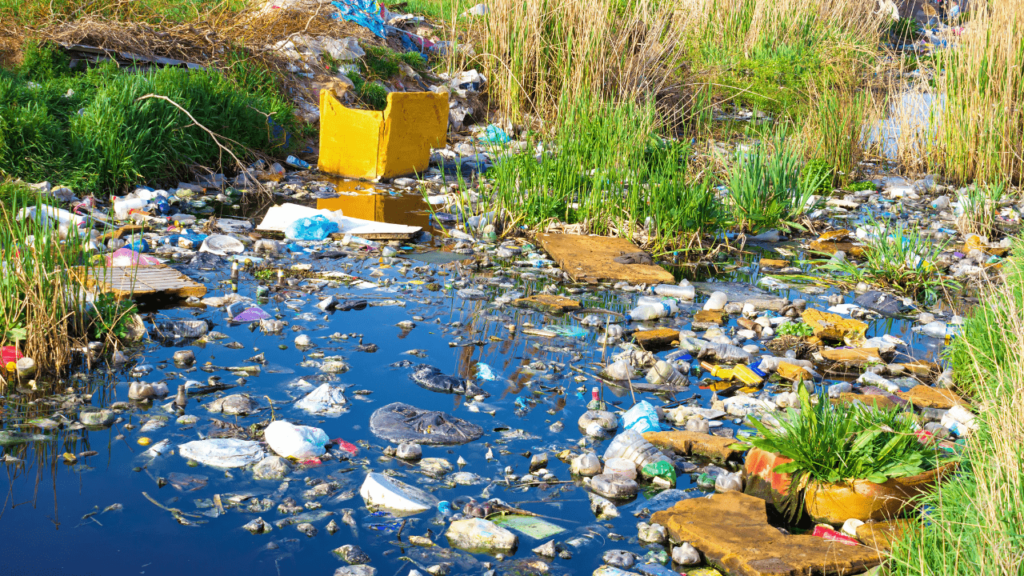
🌱 What We Can Do to Minimize Harm
• Discourage Single-Use Plastic and Pressure Government to End the Production of Any Consumer Product Designed for Single-Use Products.
• Only use biodegradable or environmentally safe consumable items such as paper bags or bamboo straws instead of single-use consumables, or any reusable container.
• Support retailers such as amnotplastic.com that promote sustainable living and eco-friendly options.
• Volunteer to help with local clean-up initiatives or environmental protection initiatives that protect wildlife & follow 3R concept
• Inform others about the dangers of plastic pollution and the need for all biodiversity.

🌟 How A No-Plastic Life Will Benefit Us
At first, going plastic-free may seem like a tedious or hard task; however, it is manageable and not only advantageous for our health, economy, and environment. Here are a few examples of how living plastic-free can help us:
✅Healthier Living
Most plastic products are chemically manufactured with toxic chemicals like BPA or phthalates that over time leach into the food we consume and water we drink. If we consume products made with glass, metal, or biodegradable products we will become less exposed to already dangerous toxins and in turn improve our health.
✅ Cleaner Environment
Plastic pollution on our rivers, beaches, and in our streets is an eyesore for everyone who cares about the environment. Less rubbish and debris in our streets and waterways means less polluted, and beautiful, environments. Less rubbish also means less pollution, which equates to less potential for disease caused by blockages in drain systems and people consuming contaminated waters.
✅ Supporting Local, AND Sustainable Business
Increased interest in eco-friendly products is an opportunity for all enterprises to prosper whether it be for manufacturers producing paper bags or merely new enterprises entering the market to produce sustainable and eco-friendly compostable packaging, reducing plastic consumption, increased sustainable job opportunities, and supporting local economies.
✅ Increased Connection to Nature
Embracing the idea of going plastic-free means consumption of natural materials like jute, clay, cotton, wood etc. The gained experiences of reconnection to nature makes us more connected to our environment and it encourages the motivation to adopt sustainability in other areas of our lives.
✅ Keeping Biodiversity
Every piece of plastic we reject as useful is one less piece of poisonous material that some creature may consume. Going plastic-free advances wildlife protection, encourages biodiversity, and diverse equilibrium in nature’s ecosystem, for future generations.
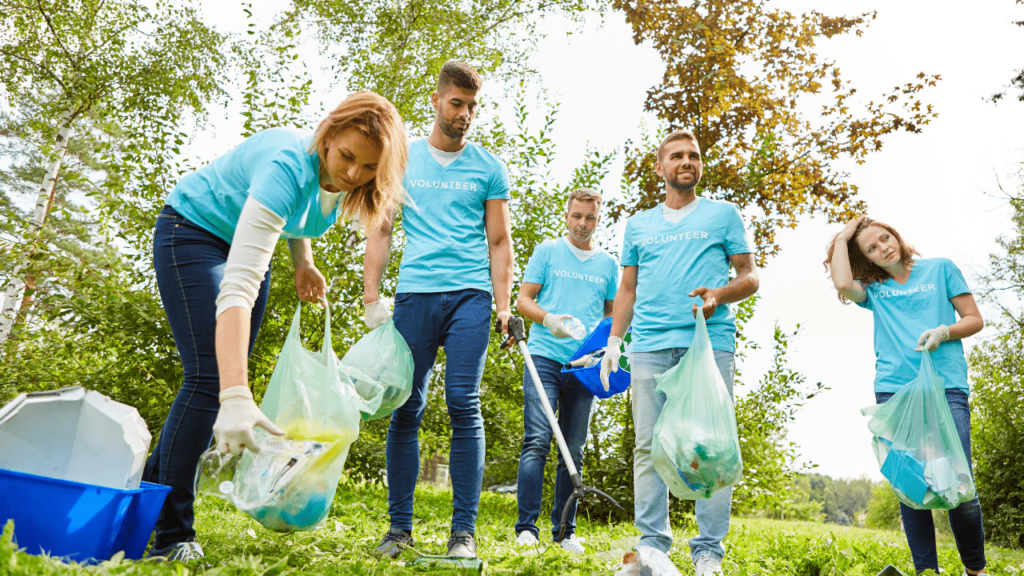
💚 Conclusion: A Better Tomorrow Starts Today
amnotplastic.com
Plastic pollution is a serious issue but with biodegradable and eco-friendly alternatives, conscious daily choices to protect wildlife, better our health or better the environment – imagines what it would be like to live in a world that has clean beaches, safe animals, and thriving nature; a world that is doable and starts with you!
